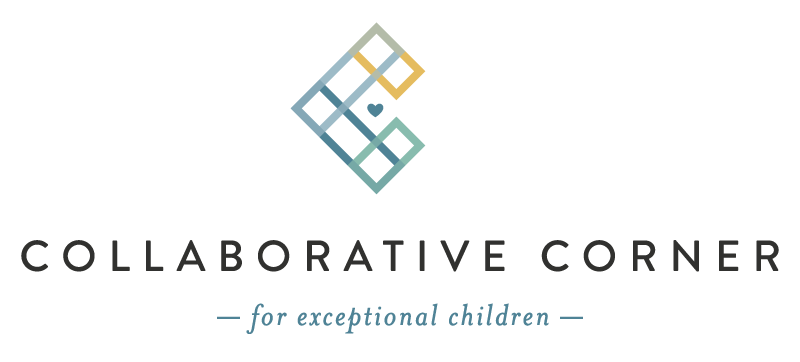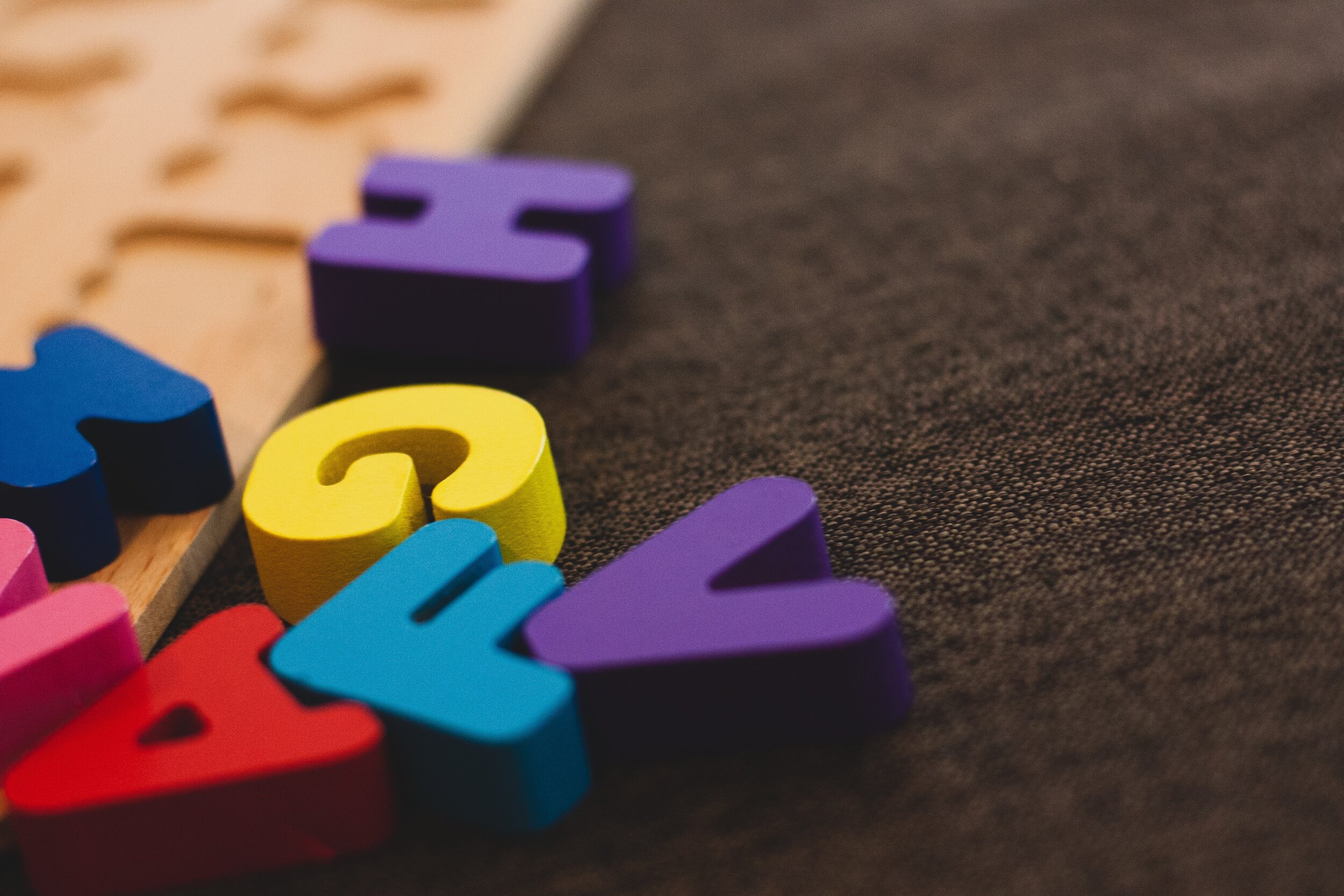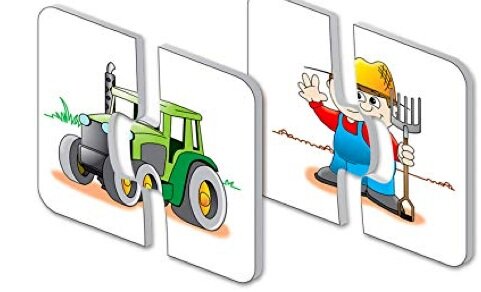Unpuzzling Puzzles
Puzzles are such a great toy to use with children to help build visual-motor or hand-eye coordination skills. There are many steps to finishing a puzzle: (1) First you have to see the piece with your eyes, (2) Then grasp it with your hands, (3) Next you match it together, and (4) Finally you place it where it goes! No two puzzles are the same and it is key to select a puzzle that is not too easy or too hard for your child.
Here is a sample progression of puzzles to try:
The three piece puzzle below has three circles. A circle is the easiest shape to place into a puzzle as it will go in no matter how you turn it. This puzzle matches color to the piece which is a great visual cue to simplify a puzzle. To make a puzzle easier, look for puzzles that have the same picture on the board that is on the piece.
2. This simple shape puzzle is a little more challenging than the one above as the animal shapes are harder to match. The large pegs on this puzzle make it easy to grasp when a child is first learning how to hold objects.
3. This puzzle is more challenging as there are more pieces. If your child is able to complete the three piece puzzle in #2, it is time to take it up a notch. To start, only work on the circle pieces. Once that is easy, add in some new shapes to try!
4. These three puzzles are more challenging as there are more pieces and the size of the pegs is much smaller. The pieces in the number puzzle correspond to an image on the puzzle instead of simply matching a picture to a background. Removing the picture on the board makes the puzzle more challenging.
5. After your child is successful with placing shapes into a puzzle, it is time to remove the background and try interlocking puzzles. Starting with two pieces is perfect to allow your child to figure out how to place the items together and coordinate their hands to do what they need to do.
6. After your child is successful with two piece puzzles, it is time to increase the number of pieces. An animal puzzle is a great next step to take as the child will have the visual cue of matching the various animals together. Start with 4 pieces and then continue to build as they grow.
7. Last but not least, it is time to increase to a box puzzle with more and smaller pieces. Starting with the border first can be a helpful way to visually organize the puzzle that you are making.
Next time you take out a puzzle to play with your child, think about what skills they have mastered and what puzzle will help them continue to grow.
For any other questions, please feel free to reach out via email at alysha@collaborativecorner.org.
Happy Buliding!
Alysha Stoner, OTR/L
Occupational Therapist
alysha@collaborativecorner.org








